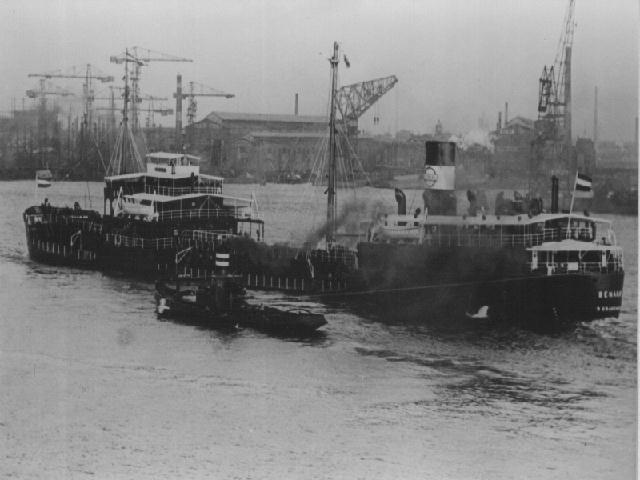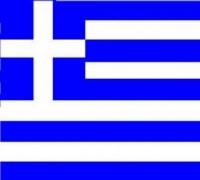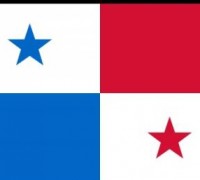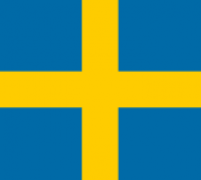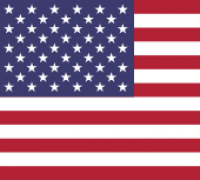SURVIVORS ADRIFT IN SOUTH ATLANTIC * - SURVIVORS
12)SURVIVORS NETHERLANDS
.jpg)

At 22.41 hours on 1 Oct 1942 the unescorted Achilles (Master Klaas de Jong) was hit on port side aft by one torpedo from U-202 while steaming on a zigzag course at 8 knots about 110 miles southeast of Trinidad. The explosion ignited the ammunition for the stern gun and blew off the stern completely, killing one of the six British gunners (the ship was armed with one 4in, two 20mm and four machine guns) and seriously injuring another.
The second engineer and two crew members were also wounded. After the crew abandoned ship in a motorboat and a lifeboat, she was hit on starboard side amidships by a coup de grâce at 23.01 hours. The second explosion caused the ship to break up and sink rapidly. The 35 survivors were not questioned by the Germans. The motorboat then took the other boat in tow and made landfall in the evening of the next day at Moruga, Trinidad.
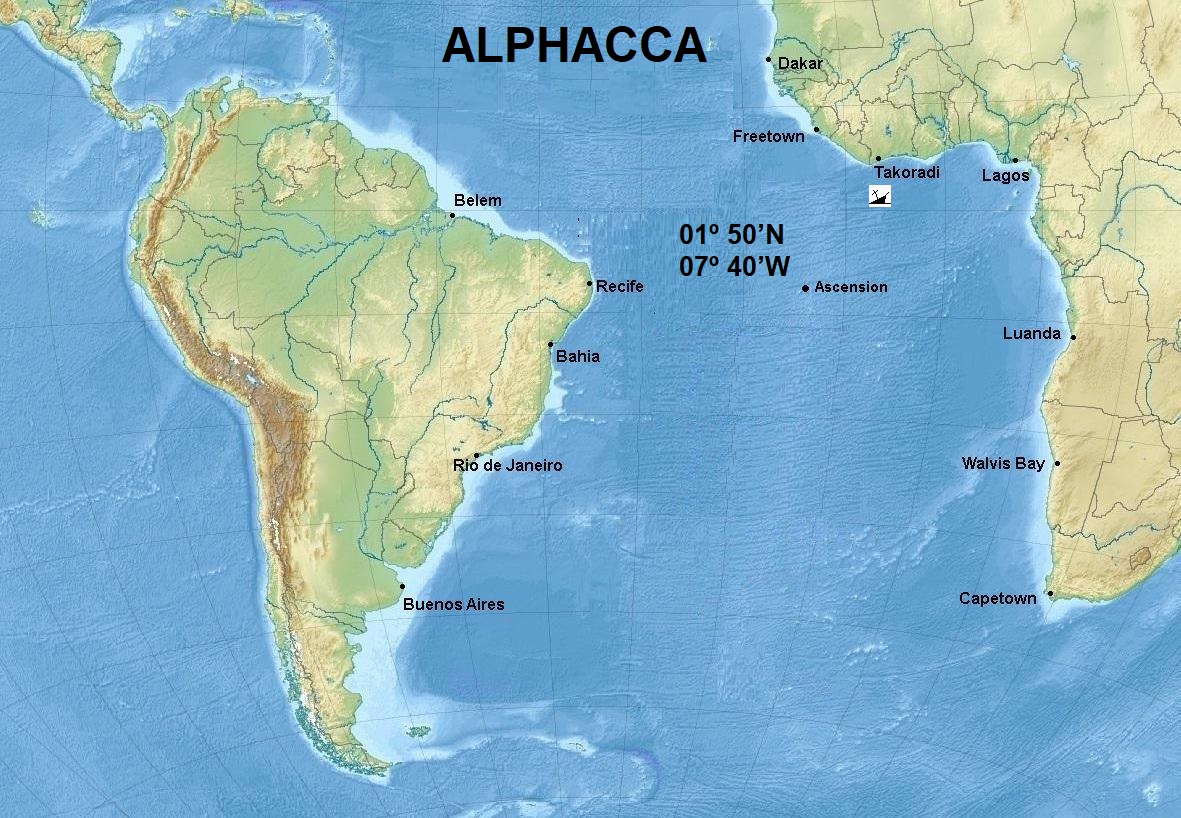
.jpg)
At 21.29 hours on 4 April 1942 the unescorted Alphacca (Master Reindert Johannes van der Laan) was hit aft of amidships by one G7a torpedo from U-505 after chasing her for more than seven hours about 154 miles south of Cape Palmas, Ivory Coast. When the ship began to settle by the stern, most crew members and all passengers abandoned ship in four lifeboats without sending a distress signal before she sank. 14 crew members were lost. The U-boat surfaced afterwards and approached the lifeboats to question the survivors.
The Germans asked the usual questions about the name, nationality, cargo and route of the vessel, but also if they had enough supplies and water and were given the course and distance to Cape Palmas. Before the U-boat left they wished each other good luck and bon voyage. Initially the conversation had been in English but soon changed to German, a fact noted by Loewe in the war diary with the comment: Irony of fate, we fight against people who speak our language.
The lifeboats then sailed towards the coast, but a fireman died of wounds the following day and was buried at sea. On 9 April, all four boats with 56 survivors made landfall east of Cape Palmas, Liberia. The survivors boarded HMS Hydrangea (K 39) (A/LtCdr J.E. Woolfenden, RNR) and FFL Commandant Drogou (K 195) after a week and were taken to Freetown, where five wounded men were admitted to a hospital on 18 April.
.jpg)
Above the desolate area of Cape Palmas at Liberia coast where survivors washed up.
.jpg)
Survivors in one lifeboat went ashore in Ascension Is. and were treated at the 175º Station Hospital and the remaining were rescued on 7 July 43 after 17 days adrift by the British Armed Merchant Cruiser HMS Corfu and landed them at British West Africa.
.jpg)

At 01.30 hours on 2 Jul, 1944, the unescorted Bodegraven (Master B.A. Molenaar) was hit on the port side in the engine room by a torpedo from U-547 about 200 miles south of Monrovia. The ship stopped and settled by the stern, sinking after 12 minutes. One lifeboat had been destroyed by the explosion, so the 63 crew members and 48 passengers had to abandon ship in the three remaining lifeboats.
The Germans then questioned the survivors and took the master as prisoner on board. The survivors in one lifeboat made landfall at the coast of Grand Bassa, Liberia and the others were rescued by the frigate HMS FAL, a frigate on patrol who had been sent to search for survivors. One week later they landed at Freetown. Three crewmen on watch below and six passengers were lost.
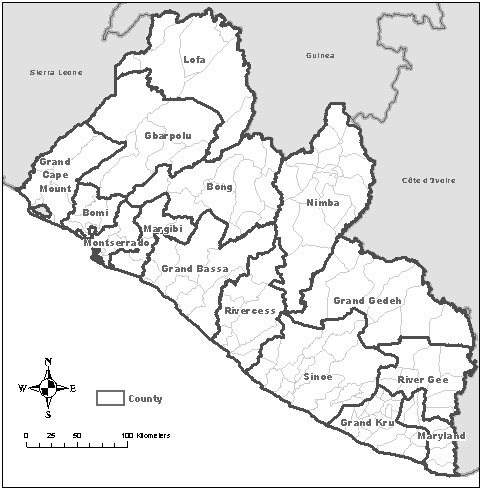
Above, the region of Grand Bassa, Liberia where the survivors made ashore.
(1).jpg)
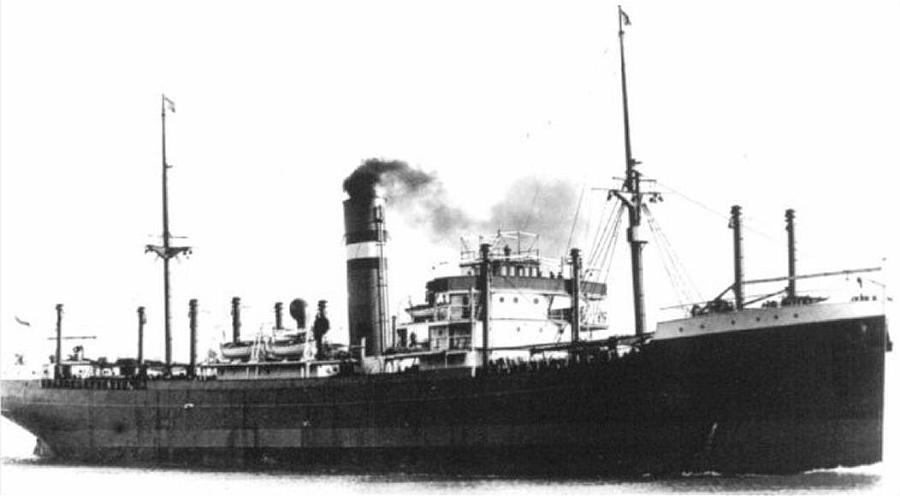
In the afternoon of 14 Sep, 1942, U-68 spotted the Breedijk, but she was in Zone A, an area previously reserved for own surface vessels. Merten queried the BdU to find out if it was friendly and got the answer: Angriff frei (attack allowed). At 00.58 hours on 15 Sep, 1942, U-68 fired one torpedo, which struck the Breedijk (Master B.L.J. Ruygrok) in the starboard quarter and the vessel sank within 15 minutes.
The master and one crew member were lost. The crew abandoned ship in four lifeboats and Merten questioned the survivors. One boat was picked up by a British armed merchant cruiser on the 18 September and brought the occupants to Freetown nine days later.
On 21 September, the survivors in a second boat were picked up by the Portuguese steam merchant Cubango and taken to Lisbon on 5 October. On 23 September, a British destroyer picked up the occupants of a third boat and brought them to shore two days later. A fourth boat with 13 men eventually made it to French West Africa (Cote d´Ivoire), where they were treated harshly, before they were allowed to go to Sekondi in British Ghana in December 1942.
.jpg)

At 00.21 hours on 7 Aug, 1942, U-572 missed the Delfshaven with three torpedoes but this was not noticed aboard the ship. Also a stern torpedo fired at 00.28 hours missed. At 02.25 hours the only bow torpedo was fired and hit on the portside amidships. The crew immediately abandoned their ship in two lifeboats but the vessel did not sink and Hirsacker had to fire a stern torpedo at 04.42 hours, which caused the ship to explode (this was also witnessed by the survivors in the lifeboats).
One of the lifeboats landed in French Guinea, about 100 miles north of Freetown and the other landed near Cape Verga, about 100 miles north of the first boat. All survivors were interned by the Vichy French, but were released in December 1942.
.jpg)

At 00.36 hours on 17 May, 1941, the unescorted Marisa (Master J.C. Landman) was hit in the engine room by one torpedo from U-107, killing the fourth engineer and one crew member. The U-boat had followed the tanker since 12.49 hours the day before. The tanker stopped and was hit in the stern by a coup de grâce at 01.15 hours, after the crew abandoned ship in three lifeboats.
15 minutes later, the U-boat surfaced, opened fire with the 10.5cm deck gun and hit the ship with 20 rounds, but the next grenade burst in the barrel and made the deck gun useless. The burning tanker settled by the stern, but the bow remained afloat. At 02.17 hours, the 20mm AA gun was used to shoot holes in the empty tanks, until the weapon was damaged by a round that exploded in the barrel. A part of the barrel hit a man on the conning tower, but fell off without wounding him. Hessler wrote in the KTB: What kind of weapons and munition do we have, we must be afraid of it.
On 20 May, one lifeboat was found by HMS Columbine (K 94) (T/Lt S.J. Lavis, RNR) and a second by the British patrol yacht HMS Surprise. The third lifeboat with the master landed at the coast of French-Guinea on 23 May.
.jpg)
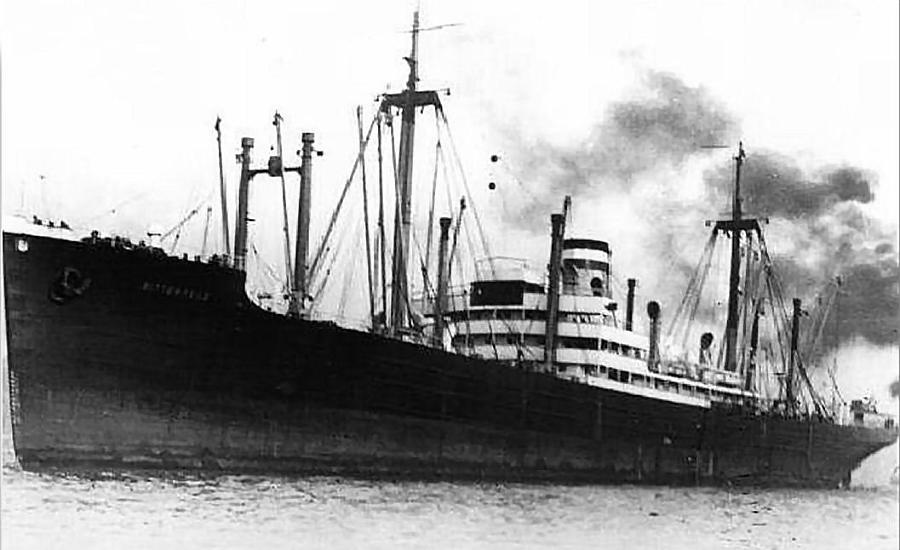
At 04.27 hours on 20 March 1943 the unescorted Mariso (Master Bernard Visser) was hit on the starboard side in #1 hold by one stern torpedo from U-518 while steaming on a non-evasive course at 12.5 knots about 68 miles east-southeast of Bahia. The torpedo track was seen too late by a lookout to take evasive action. The ship initially stopped after the hit and then turned around in an attempt to return to Bahia, but was struck on the port side abreast #2 hold by a second stern torpedo at 04.38 hours. The crew of 100 men, mainly Lascars and nine British gunners (the ship was armed with one 4in, one 3in, six 20mm and two machine guns) began to abandon ship immediately after the second hit as the Indian crew members panicked and rushed the lifeboats.
Nonetheless all boats safely got away because the sea was calm and the ship was only slowly settling on an even keel, but one of the gunners fell overboard from one of the boats at the stern and could not be found despite a search for him. The Mariso sank by the bow after being hit on the port side forward by a coup de grâce at 05.10 hours.
U-518 surfaced after the ship sank and approached the lifeboat in charge of the second engineer to question the survivors. After the engineer answered the initial question in Dutch, the interrogation was continued in German, but when he was asked to get aboard he told the Germans that he was only a fireman and not worth to be taken prisoner. The U-boat then went to the lifeboat of the chief officer and ordered all white crew members to get aboard after hearing that the master was not in the boat.
The third and fifth engineer and a cook went on board, but some Germans then boarded the lifeboat and discovered an emergency wireless set and the chief officer and the radio officer hiding between the Lascars. They destroyed the set and took these two officers as prisoners aboard, while the three other men were allowed to return to the boat before the U-boat left the area. The lifeboats later made landfall at Bahia.
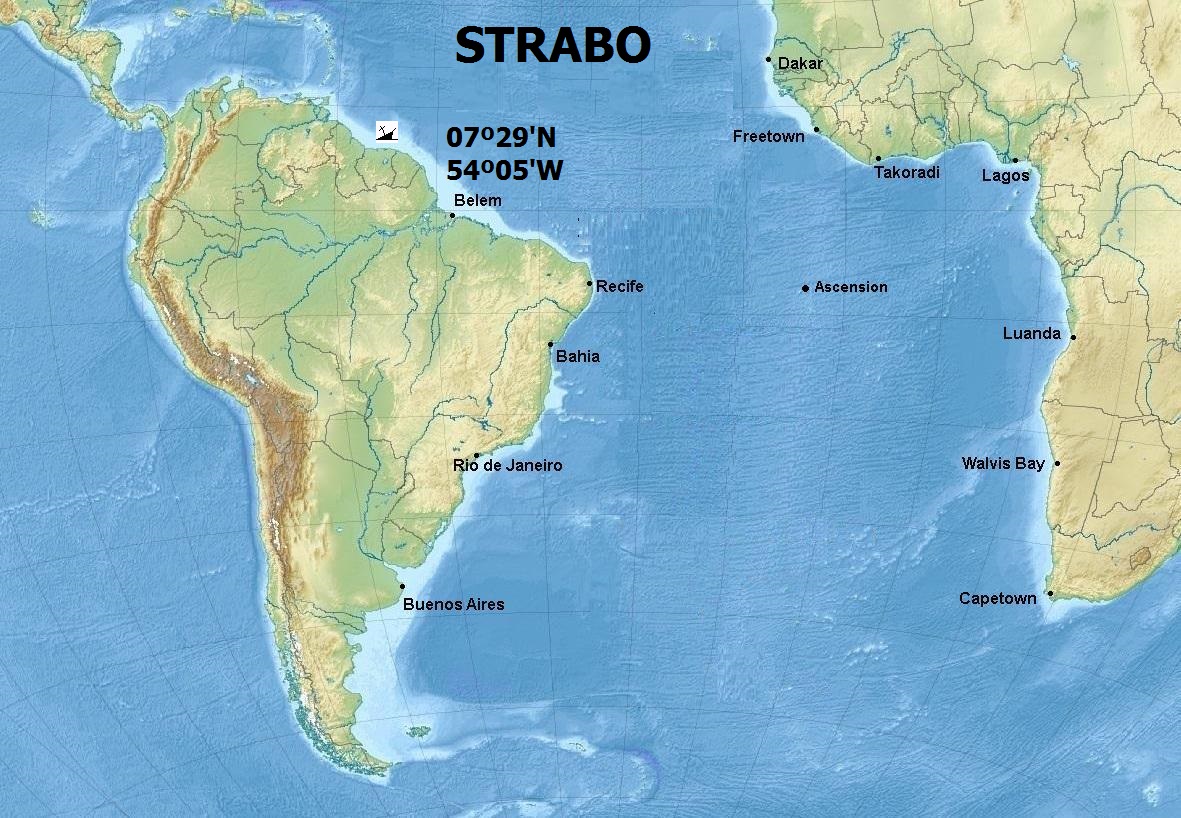
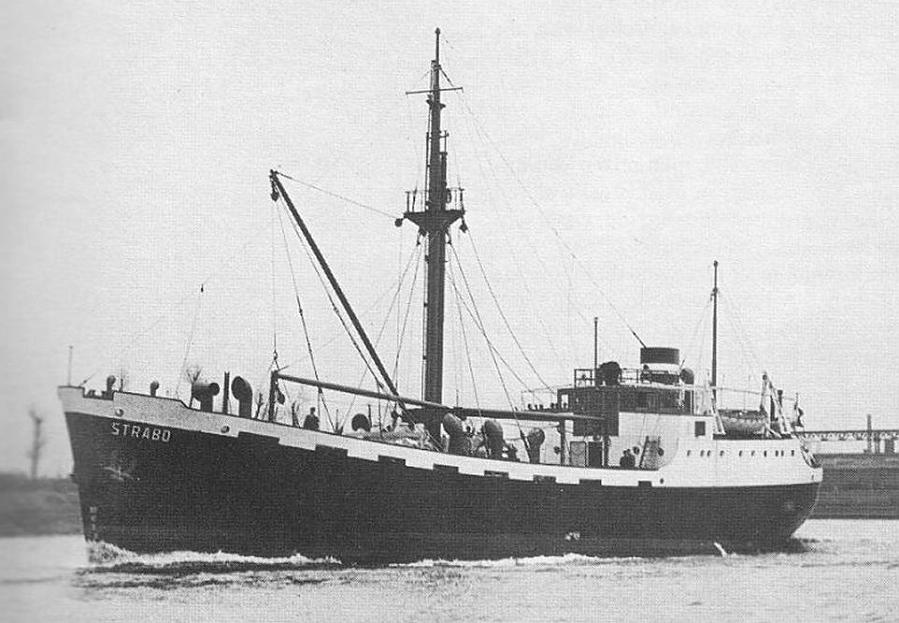
At 18.50 hours on 10 Aug 1942 the unescorted and unarmed Strabo (Master Wilhelm Heimensen) was stopped with a warning shot from the deck gun by U-155 while steaming at 9 knots about 110 miles north-northeast of Paramaribo. The crew immediately abandoned ship in two lifeboats whereupon the U-boat closed from the starboard beam to a range of 500 yards and fired about 20 rounds at the ship until she caught fire. Piening questioned the survivors, first in English and then in German, but wrongly thought the name of the ship was Curaçao. He apologized for sinking their ship and asked if he could supply them with anything, gave the course to Georgetown and wished them good luck before the U-boat left the area.
The Germans did no longer see the fire after two hours and assumed that the Strabo sank, but both lifeboats returned to the ship five hours later after the fire had consumed the whole bridge and upper works . However, the survivors could see the fire still burning through the shell holes and gave up the idea of returning aboard. The boats then set off on a southerly course and independently made landfall somewhere off the coast of French Guiana after losing contact during the first night. They proceeded coastwise until picked up by a pilot boat and the US Army tug USAT General Thomas S. Jessup off Braams Point at the entrance of the Suriname River on 13 August. All survivors were landed at Paramaribo during the afternoon on 14 August.
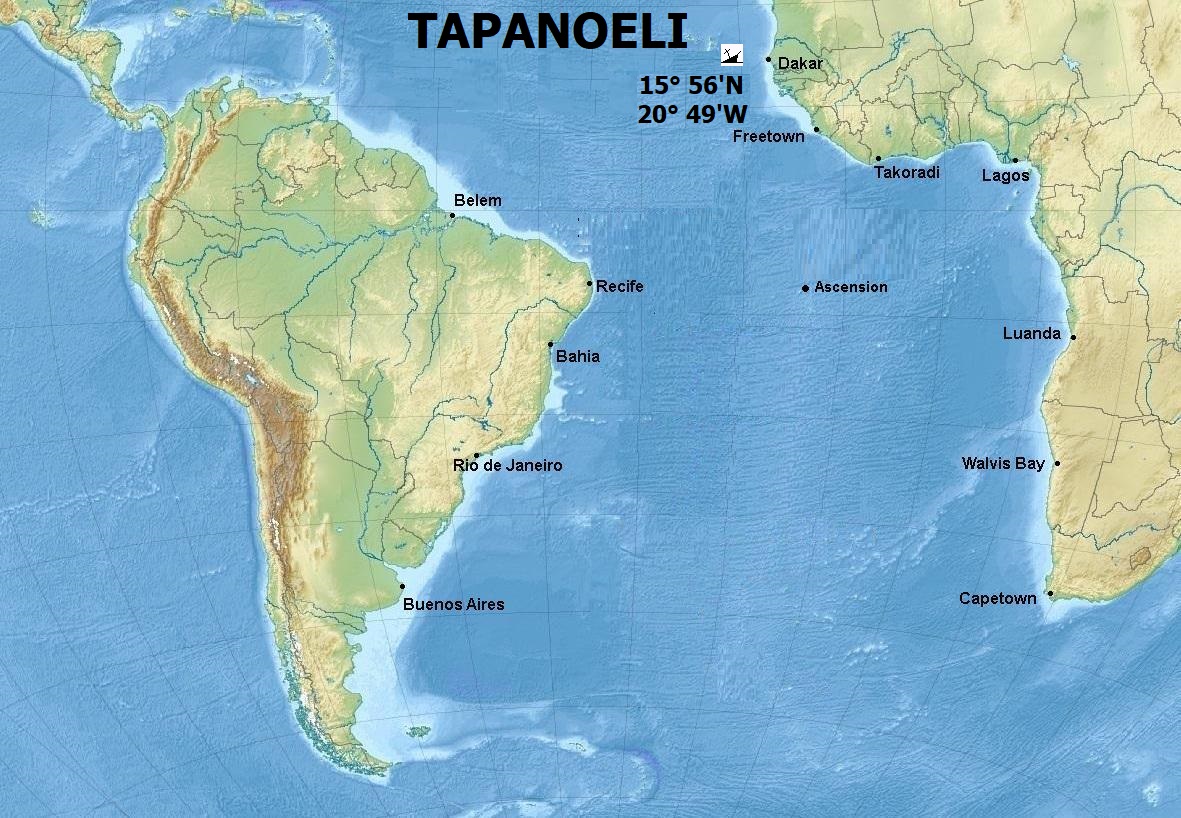
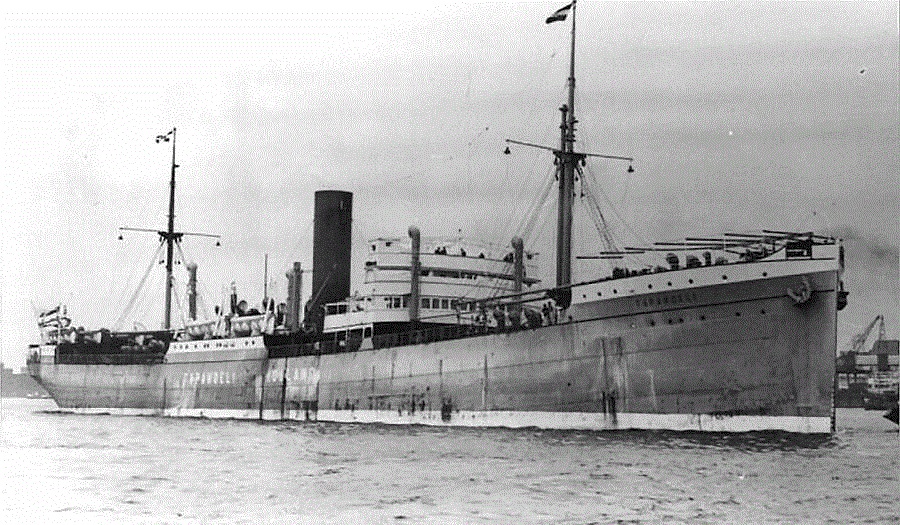
Between 21.07 and 21.10 hours on 17 March 1941, U-106 fired four single torpedoes at ships in the convoy SL-68 about 110 miles east of the Cape Verde Islands and claimed three ships with 21,000 grt sunk and another with 7000 grt damaged after hearing four detonations, although only one hit could be observed in the very dark night. In fact, only two ships, the Tapanoeli in station #12 and Andalusian in station #45 were hit by one torpedo each and sank.
Tapanoeli (Master Nicolaas Baggus), armed with one 4.7in and one machine gun, was hit on the port side in #1 hold by the first torpedo fired by the U-boat while steaming at 7 knots in a moderate sea. The explosion destroyed the forecastle, collapsed the port bridge wing, blew off the hatch covers and scattered parts of the cargo all over the ship. The crew abandoned ship in three lifeboats after stopping the engines and sending a distress signal as the ship began to quickly settle by the bow, sinking about 20 minutes after being abandoned. Due to a misunderstanding between the chief officer and the master the confidential documents had been left behind in the cabin of the latter. The boats remained at the sinking position until dawn the following morning and then set sail towards the Cape Verde Islands.
On route they encountered a lifeboat from Andalusian and exchanged greetings and directions with the other survivors. The next night one of the lifeboats got separated from the others and made landfall on Boa Vista on 19 March. Its occupants were joined two days later by the British survivors they met earlier. The Portuguese steam merchant Vinte e Oito de Maio brought them to St. Vincent on 23 March after proceeding to San Nicholas to pick up survivors from the British steam merchant Clan Macnab, which had also been in convoy SL-68 and foundered after a collision with the Norwegian motor tanker Strix on 17 March. On St. Vincent the crew of Tapanoeli was reunited as the other two lifeboats had made landfall there on 21 March.
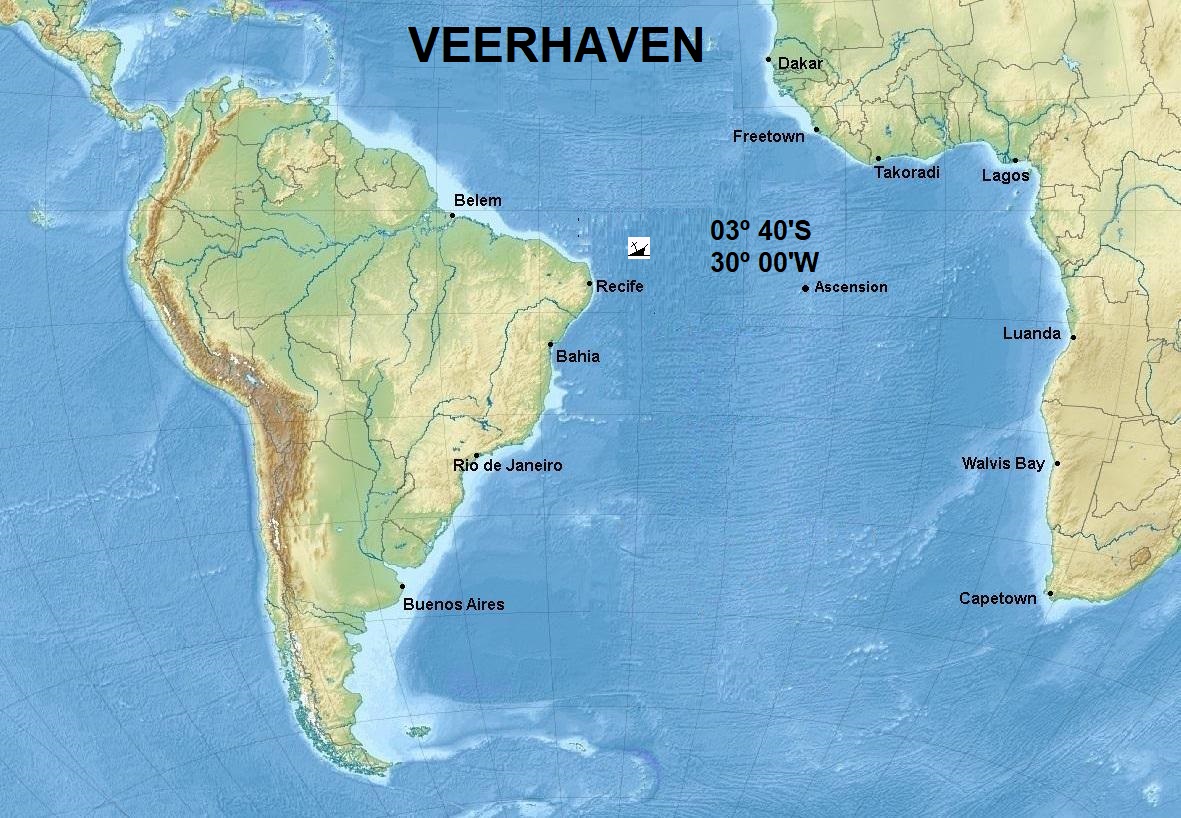
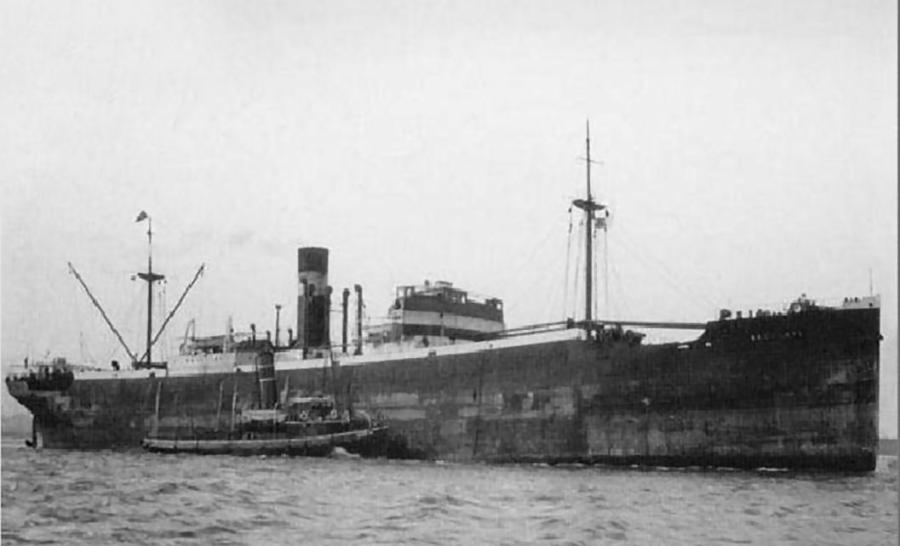
On 13/Nov/42, the Brazilian Corvette Cananeia rescued 23 survivors off Fernando de Noronha Is. and landed them at Natal. Other 22 survivors were rescued by the Argentinean tanker Juvenal five days later.
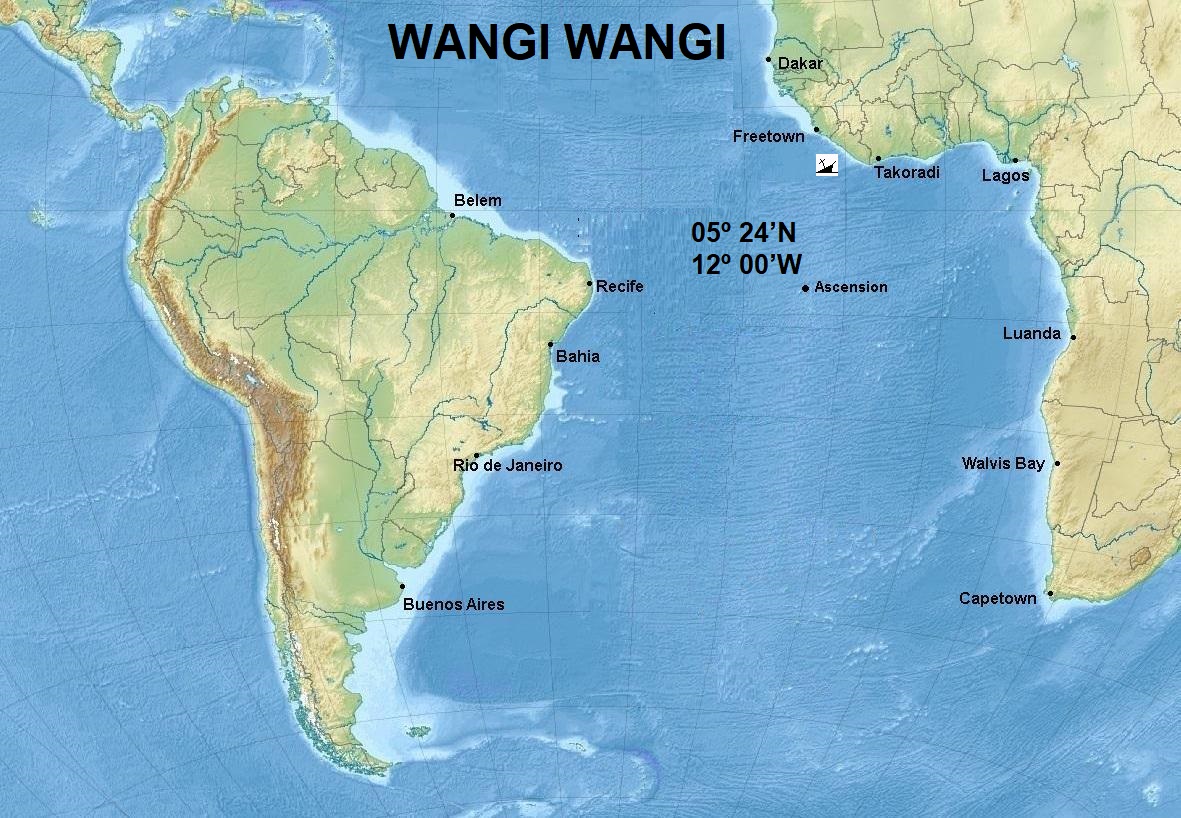
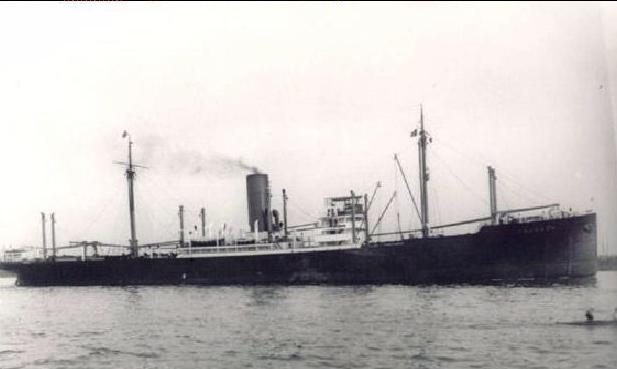
On 10 May, 1940, the German Franken of Norddeutscher Lloyd, Bremen was seized at Padang, Sumatra by Netherlands and renamed Wangi Wangi. At 22.13 hours on 25 May, 1941, the unescorted Wangi Wangi (Master C. Schoen) was hit in the bow by one torpedo from U-103 and sank after 30 minutes about 90 miles south of Monrovia, Liberia. One Lascarian stoker was lost.
The master, 87 crew members and four passengers abandoned ship in a motorboat and a lifeboat, reached the Liberian coast the next day and were taken to Robertsport and later to Freetown. The survivors in one boat were questioned by the Germans, provided the course to Monrovia and offered food and water, but this was refused.
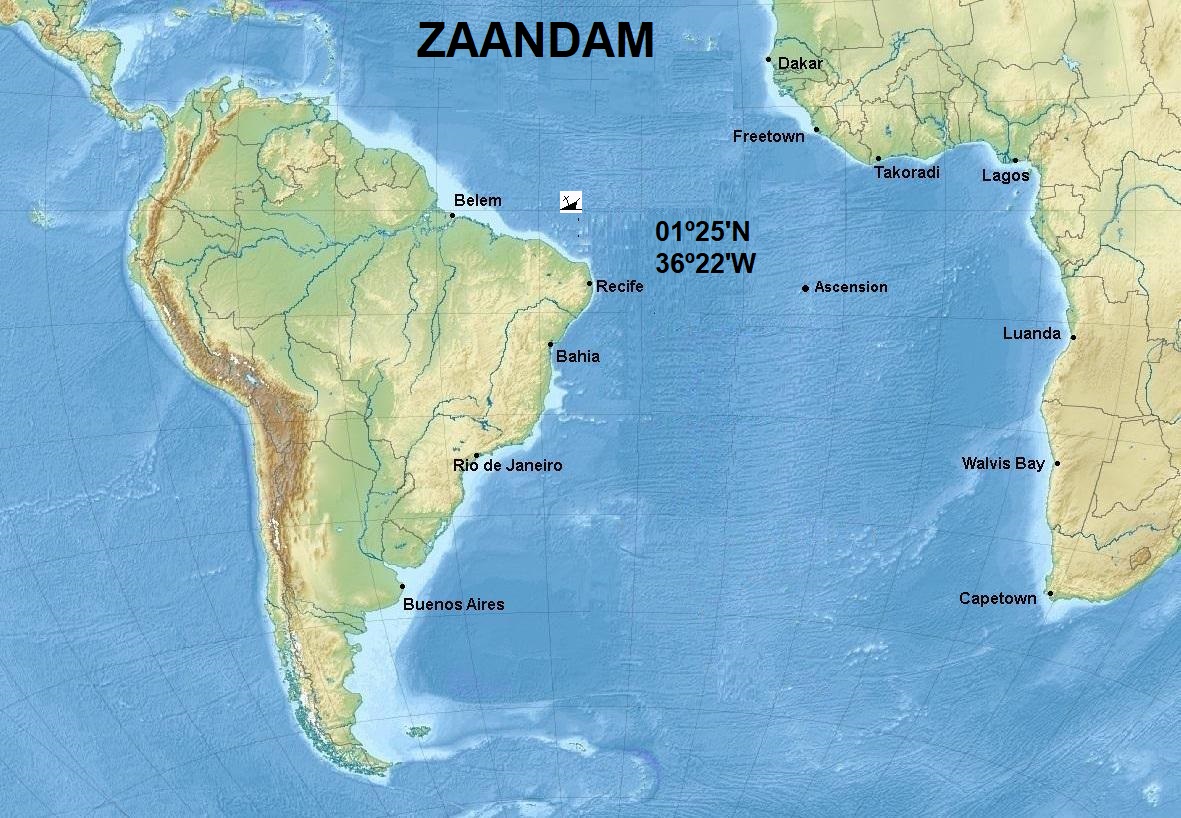

The unescorted Zaandam was hit by a torpedo at 18h17 and her engine room was flooded. 10 minutes later a second torpedo strucked the ship and she sank in less than two minutes. On board were 130 crew members and Armed Guards and 169 passengers (mostly crew members and Armed Guards of the four American merchants Coloradan, Examelia, Chicksaw City, Swiftsure and the Panamanian Firethorn).
Lifeboat #2 which had overturned upon launching was righted by several survivors in the water. When it was righted they found the bodies of the Chief Engineer of the Zaandam (Ebbeler) and a Javanese crew member of the Zaandam. The men climbed into the boat and proceeded to pick up survivors in the water and from rafts in the vicinity until there were 60 persons aboard.
They continued to search until no more could be found. Supplies of water and other items were transferred from the rafts to the boats. The boat itself had been damaged and leaked in several places. There were many attempts to secure the leaks but it was necessary to bail the boat continuously.
The boat, under the command of W. Broekhof, a 2nd Mate on the Zaandam, made a landfall on November 10th after many days of bad weather and other ships passing them by without stopping. They landed in the area of Rio Preguiças near the town of Barreirinhas, State of Maranhão, Brazil. Shortly after landing two men died. They were Laurence Olsen, an A.B. from the Swiftsure and Seitze Stenekes, an A.B. from Zaandam.
They were later buried in Barreirinhas. With the help of a local fisherman, Broekhof and Captain Matthews of the Swiftsure sailed a boat to the village of Pharo. Finding no one there to help, Captain Matthews went back to the beach and Broekhof borrowed a horse and rode to the nearest police station.
